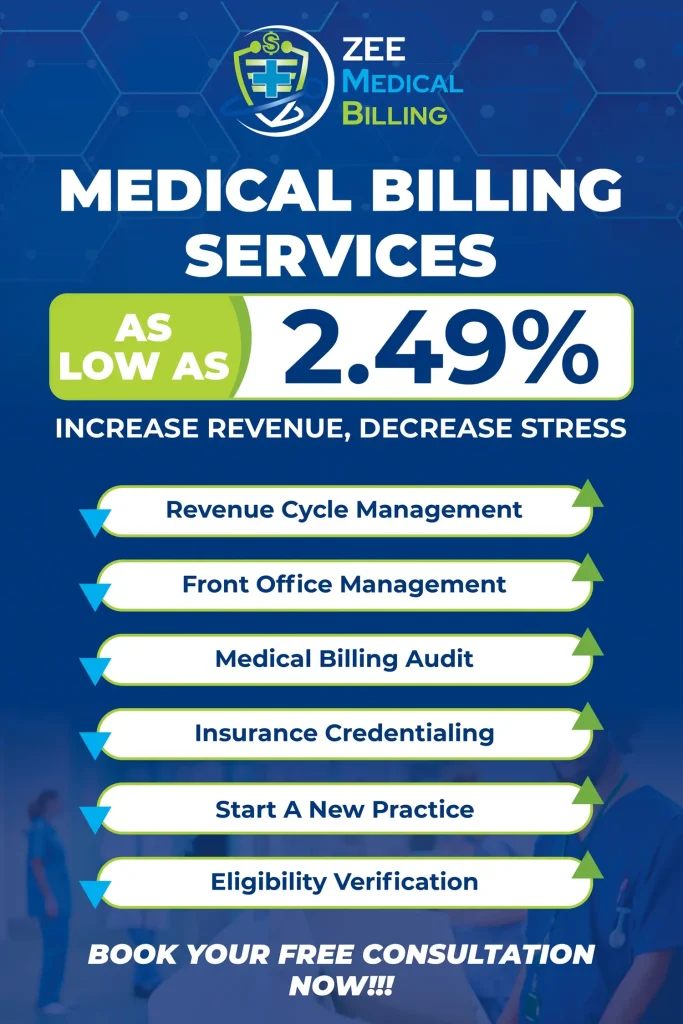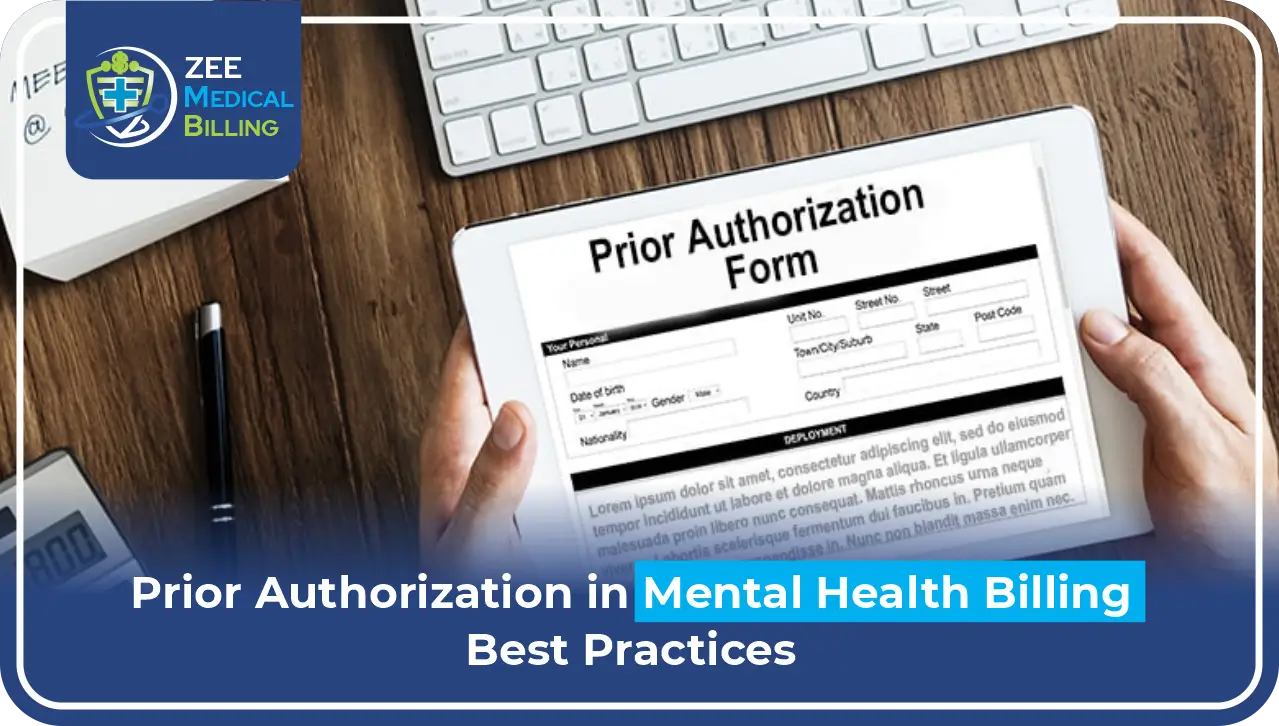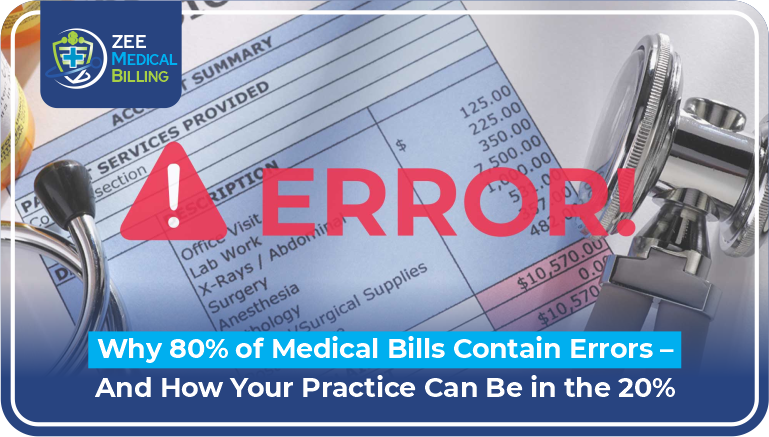Effective billing in ophthalmology is essential for maintaining consistency and guaranteeing convenient reimbursements. Exploring the complexities of protection guidelines, coding changes, and documentation requirements can be challenging, but adopting the right procedures can smooth out the interaction and prevent expensive errors.
1. Understand Key Codes and Modifiers
Ophthalmology billing depends vigorously on specific codes, including:
- CPT Codes: For cataract surgery, intravitreal infusions, or laser therapies.
- ICD-10 Codes: Exact diagnoses are fundamental (e.g., H25.9 for unknown cataracts).
- Modifiers: Show bilateral methodology (-50) or postoperative consideration sharing (-54/-55).
Read More: Ophthalmology Practice Management And Billing Solution
2. Precise Documentation
- Guarantee clinical notes completely justify billed services.
- Incorporate medical needs, pre- and post-operation discoveries, and any diagnostic tests performed.
- Stay away from copy-pasting notes without updates, as this raises consistency warnings.
3. Master Global Period Rules
Ophthalmologists frequently manage global surgery periods. Be aware of:
- What’s incorporated (e.g., routine subsequent meetups)?
- What’s separately billable (e.g., complications requiring a return to the OR)?
4. Remain Current with Payer Arrangements
Insurance transporters, much of the time, update inclusion models and reimbursement policies. Consistently:
- Survey payer bulletins for updates on tests like OCT or fundus photography.
- Affirm earlier approval necessities for significant expense medicines.
5. Train Your Group
Staff ought to be capable of ophthalmology-specific coding and consistency guidelines, including:
- Fraud avoidance.
- Legitimate use of evaluation and management (E/M) codes versus eye codes.
6. Review and Audit Consistently
Lead periodic inside reviews to distinguish:
- Coding error trends and their causes.
- Regions where documentation needs improvement.
7. Use Technology Wisely
Put resources into practice management software that:
- Flags incomplete documentation.
- Proposes proper codes.
- Tracks denials for follow-up.
Read More: Affordable Ophthalmology Medical Billing Services for Small Practices
8. Appeal Denials Promptly
A significant level of claims denials is toppled upon appeal.
- Purposes behind rejection (e.g., inadequate documentation or mistaken modifiers).
- Give more data quickly.
9. Engage Professional Help
- Consider recruiting a billing-trained professional or moving to experts with mastery in ophthalmology. This diminishes errors and guarantees consistency with developing guidelines.
The Easiest Method for Staying Compliant and Guaranteeing Timely Payments
Medical Billing for ophthalmology isn’t precisely a stroll in the park. Potential opportunities for mistakes are normal. These slip-ups will affect your primary concern, or more terribly, cross paths with evaluators. The intricacy of ophthalmology billing and coding expands; it could get more challenging for your office’s in-house staff to stay aware of the responsibility while staying compliant.
Consider cooperating with a revenue cycle management organization with experience explicitly in ophthalmology medical billing services, so you will profit from their huge assets and expertise in this area.
What Makes Ophthalmology Billing Different?
From dividing funds between the office, the supplier, and sedation to co-management and dealing with two arrangements of determination codes, there’s plenty that can create confusion and lead to rejection whenever misused.
Whether you have an in-house biller or re-appropriate billing administration, the billing system’s underlying step will rely upon the medical care supplier. Ensuring your group is comfortable with the steps is important. Here are some ophthalmology billing tips you can use to get compensated quicker, limit rejections, and make a generally effective billing framework.
Conclusion
Ophthalmology billing demands a fine balance between consistency and productivity. By remaining updated, focusing on training, and using innovation, practices can keep away from penalties, lessen denials, and guarantee consistent cash flow.









